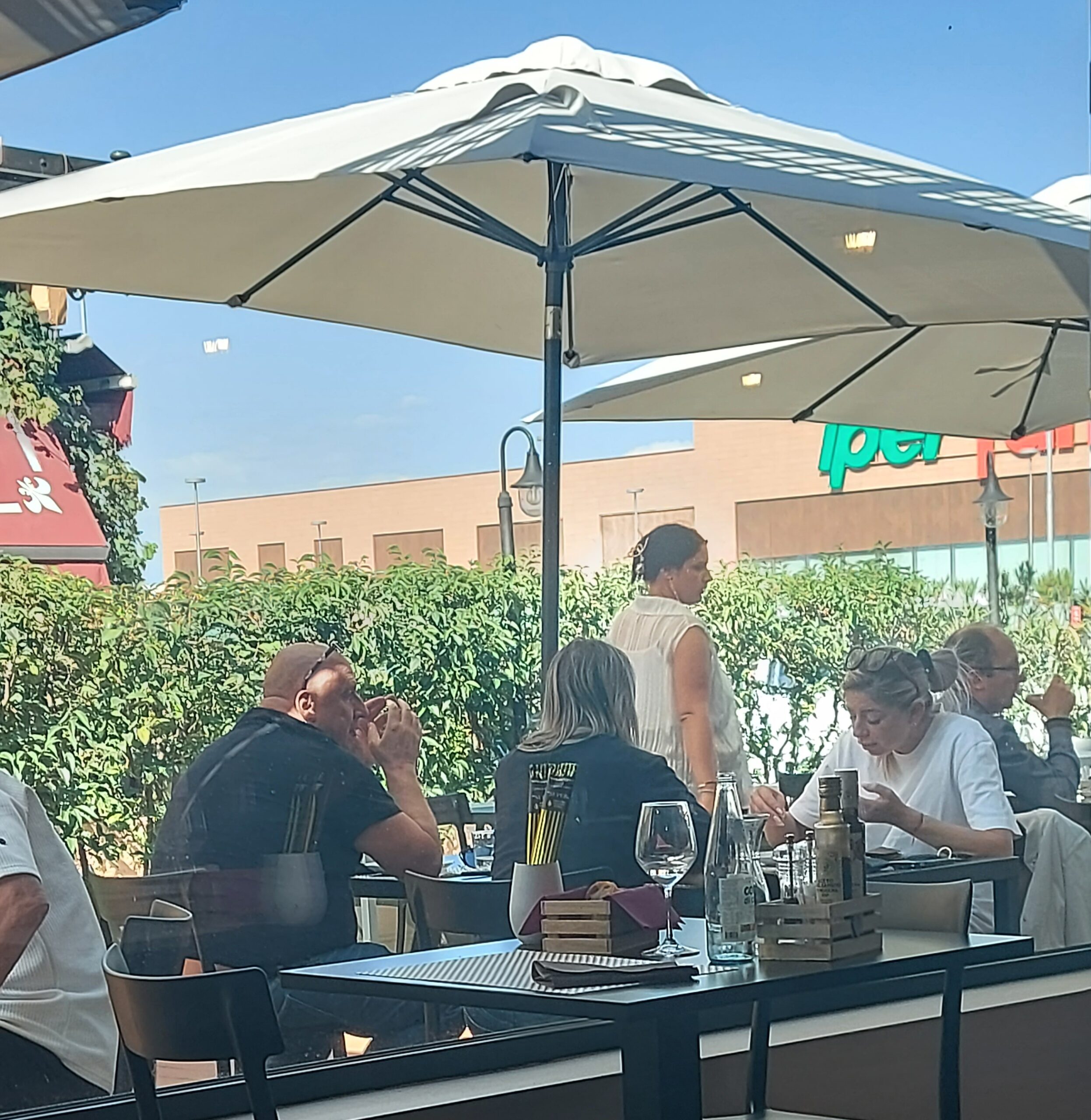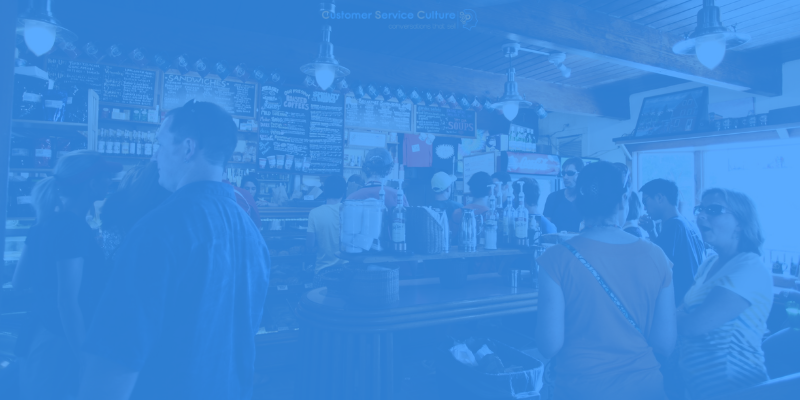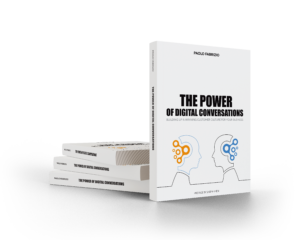Last Thursday I was driving my car to visit two client companies in the north of Italy. Between these two meetings, I realized that I had enough time for a quick lunch, so I decided to park the car beside a small bar/restaurant. Then I got in. I tell you about this experience because it’s a good example of why you’d better treat everybody just like regular customers.
When something goes wrong…
So I sat down to have lunch. My customer experience started pretty well because almost immediately a waitress came by and brought the menu. So after a couple of minutes, I was able to order a chicken fillet with potatoes and a bottle of water. The same waitress brought me the water after a couple of minutes and I started drinking it because it was a hot day and I was feeling thirsty. Then, in the following minutes I noticed that a family sitting next to my table, which had got there a few minutes later than me, had already gotten their orders. Unfortunately, minute after minutes, further customers got theirs while I was still waiting for my order (I took the picture below to kill time).
 So I waited 10 more minutes then I asked the waitress to check the ‘status of my order’. She came back apologizing saying that ‘they were sorry because they had missed my order and in just a few more minutes I’d finally receive my longed-for chicken with potatoes. Even though it was bad news I accepted that because I found her words, tone of voice, facial expressions sincere and coherent.
So I waited 10 more minutes then I asked the waitress to check the ‘status of my order’. She came back apologizing saying that ‘they were sorry because they had missed my order and in just a few more minutes I’d finally receive my longed-for chicken with potatoes. Even though it was bad news I accepted that because I found her words, tone of voice, facial expressions sincere and coherent.
Finally, after 5 more minutes I got my food and I enjoyed it [to be continued below👇].
… it’s how you react that makes the experience
However such a delay forced me to hurry up a bit for the following client meeting, so I kindly asked for the bill. The same waitress came to my table and let me pay immediately, so that I could leave quickly because she had noticed that I was running out of time. Then she went: “I hope that you’ve enjoyed your meal and sorry again for the inconvenience”.
That was the best way to conclude such a conversation because I felt she treated me just like any other of their regular customers who might have faced that service issue! In fact, she could have:
- Tried to minimize the issue, but she didn’t at all.
- Avoided apologizing at the end of my lunch, but she didn’t.
- Treated me like a one-time customer, but she didn’t.
Questions for you
Now think about conversations with your customers over digital channels (social media, live chat, messaging, video chat). How does your customer service staff react whenever a customer complains about a disservice?
To what extent are their words and actions coherent and convincing?
Let’s talk about that in this informal conversation.
Have great conversations.
Image credit: Unsplash.com







